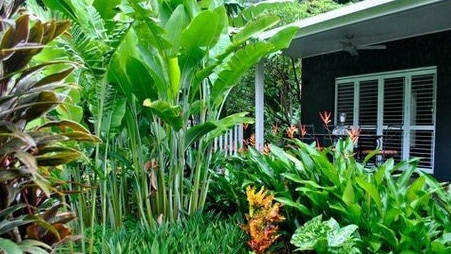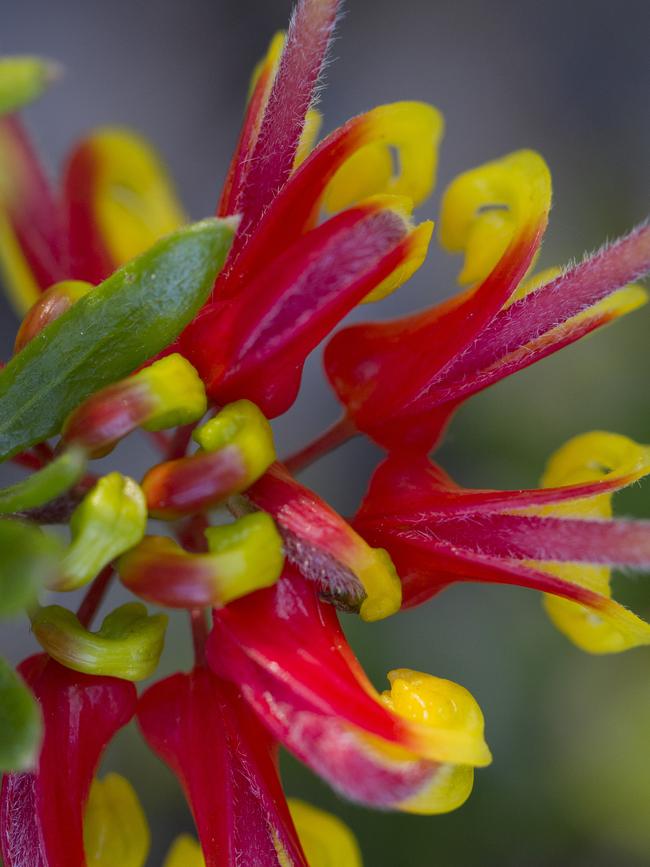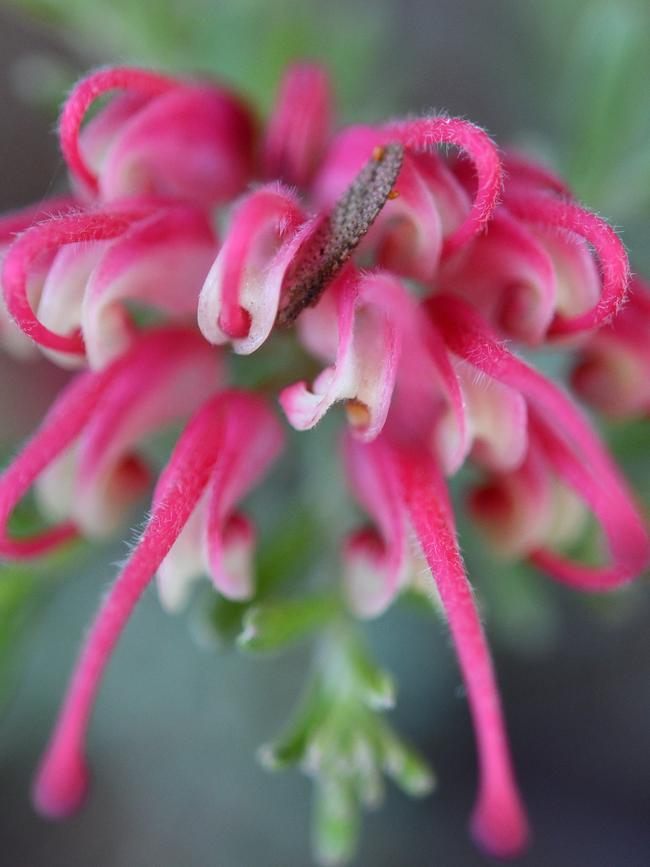There’s more biodiversity in backyards than you think
One home. One year. 1150 species. Discover the surprising results of a University of Queensland study that took a closer look at our own backyards.

Who would have thought that a suburban backyard contained more than a thousand different species? We think of cities as having limited biodiversity but a research paper written by three housemates in inner Brisbane demonstrates the opposite. University of Queensland mathematician Matt Holden, ecologist Andrew Rogers and taxonomist Russell Yong, all with doctorates, devised a challenge to identify all species of animals, plants and fungi in their 430sqm house and backyard over a 12-month period. Their total of 1150 species surprised everyone, and included 436 moth and butterfly species, 56 different spiders and 56 birds, as well as three species – a native mosquito, a sandfly and an invasive flatworm – not previously recorded in Atlas of Living Australia’s database. Importantly, only 13.4 per cent of all fauna species were not native and only 6.3 per cent were considered pests.
The exception was plants, as 100 of their 103 plants, which included weeds, were introduced species and nine were listed as weedy or noxious. Despite that, the number of pollinator and fruit-feeding species was high. The study authors state that there was nothing remarkable about the assessed property apart from minimal efforts to clear and maintain it, and that planting native vegetation would further increase the diversity of native species. They note that for all urban gardens, “keeping low maintenance trees and shrubs and eliminating manicured lawns and pesticides will significantly boost the number of critters”. Read more at in Ecology journal and at https://tinyurl.com/yl6c8hmb
All-Rounders: Grevilleas
There’s a species of native grtevillea in flower every month of the year, but some peak in winter when flowers are expeciallt welcome for gardeners and wildlife.


These four are tough and easy to grow, dry tolerant and bird attracting. They’re best in full sun.


Q&A
My azaleas have an infestation of red spider. I prefer not to use Confidor due to its impact on bees – is there an alternative?
Anne Ruwald, Murrumbateman, NSW
It is good to avoid Confidor and others such as Conguard, Contender and Richgro Bug Killa that contain the same active ingredient, imidacloprid, that is damaging to bees. Other pesticides are less effective because they’re not systemic, but will give control if applied early enough, to both sides of the leaves, and repeated as necessary. For red spider (aka two-spotted mite), use Eco-Neem or Yates Mavrik. But if it is azalea lace bug – the damage looks similar – you could use Yates Baythroid. Horticultural oils such as PestOil and Eco-Oil will have some effect but need to be sprayed thoroughly as they work by smothering.
Rats are eating through the tough plastic sides of my worm farm and decimating my vegetable seedlings. I don’t want to use rat poison for fear of harming owls and pets. Any suggestions?
Don Frayne, Perth
Ratsak Naturals does not contain an anticoagulant but kills rodents by causing them to dehydrate, so it is safe for pets, wildlife, livestock and people when used as directed. Always deliver in tamper-proof stations. Birdlife Australia has an excellent page at actforbirds.org on what to buy and avoid, including traps and some anticoagulant rodenticides that are less dangerous than others.
Green ants are everywhere on my six thriving citrus trees. Are they good or bad?
Greg Dalton, Townsville
Green tree ants weave nests from living leaves. They benefit the tree by aggressively attacking other pests, even cockatoos, and are used by some tropical fruit orchardists to protect crops. But they have a nasty bite, and disturbing their nests makes them angry. They can also overwhelm young trees, stunting growth.
Send your questions to helenyoungtwig@gmail.com The best question for June wins an Aurus 450 Low Smoke Fire Pit with cover, valued at $149, bunnings.com.au





To join the conversation, please log in. Don't have an account? Register
Join the conversation, you are commenting as Logout